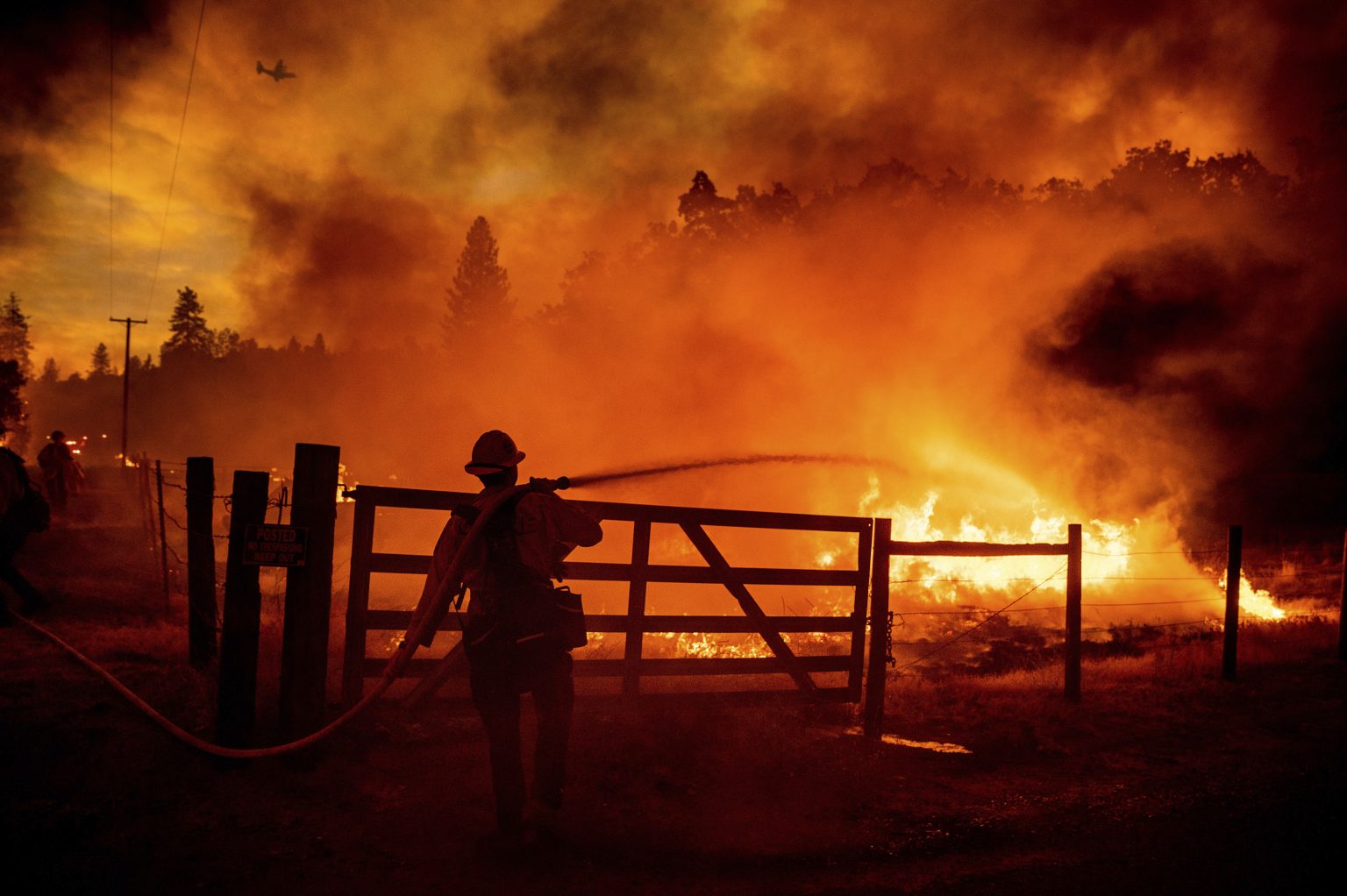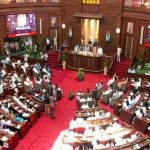Introduction to California Wildfires
California wildfires have become an increasingly familiar sight, leaving a trail of destruction and despair in their wake. These catastrophic events capture headlines every year, but the reality is far more complex than what appears on the surface. The sheer scale and rapid spread of these infernos raise questions about our environment, climate change impact, and preparedness. Understanding the intricate factors behind California’s fire crisis can empower us to respond better—not just as individuals, but as a community united against one of nature’s most formidable challenges. Let’s delve into the history of wildfires in this state, explore their causes and consequences, and discover how we can take action before disaster strikes again.
History of Wildfires in California
Wildfires have shaped California’s landscape and history for centuries. Indigenous communities used controlled burns to manage land and promote healthy ecosystems long before European settlers arrived. These traditional practices helped maintain biodiversity.
As the state grew, so did its vulnerabilities. The Gold Rush in the mid-1800s led to increased settlement and deforestation, making areas more susceptible to fire. By the early 20th century, it became clear that wildfires were a significant threat. The devastating 1932 Matilija Fire marked a turning point in wildfire management. It prompted officials to develop organized firefighting strategies, which evolved into today’s sophisticated systems.
Over time, urban expansion has further complicated wildfire dynamics. Homes built near natural landscapes increase risks significantly during fire season, leading to tragic losses each year as flames spread rapidly through dry brush and trees.
Factors Contributing to the Rapid Spread of Wildfires
Several factors play a critical role in the rapid spread of wildfires. One significant element is weather conditions. Hot, dry winds can transform a small spark into an inferno within minutes.
The type of vegetation also matters. Areas dense with dry brush and timber provide ample fuel for flames to consume. This creates an environment where wildfire growth accelerates dramatically. Human activity further complicates the situation. Campfires left unattended or discarded cigarettes are common ignition sources that trigger larger fires.
Topography shapes fire behavior too. Steep hillsides can cause flames to rise quickly, spreading the blaze faster than anticipated.
Moreover, infrastructure development near wildland areas increases the risk of fire ignitions while making it challenging for firefighters to control outbreaks effectively. Each factor intertwines, contributing to what we observe as California’s escalating fire crisis.
The Impact of Climate Change on Wildfire Activity
Climate change has a profound influence on wildfire activity across California. Rising temperatures create drier conditions, leading to increased vegetation stress. This dried-out landscape acts as fuel for wildfires.
Moreover, shifting precipitation patterns contribute to the volatility of ecosystems. Extended droughts followed by heavy rainfall can foster rapid plant growth, which later becomes tinder during dry spells. The cycle exacerbates wildfire intensity and frequency. Additionally, climate change alters wind patterns and weather systems. Stronger winds can drive fires more quickly and unpredictably, complicating firefighting efforts.
The integration of higher humidity levels in certain areas also contributes to erratic fire behavior. As these environmental changes continue to evolve, understanding their impact is essential for effective management strategies against the growing threat of wildfires in California’s landscapes.
Efforts to Prevent and Mitigate Wildfires
California has ramped up its efforts to combat the escalating wildfire crisis. One key initiative focuses on controlled burns, a method that reduces excess vegetation and minimizes fuel for wildfires. This proactive approach not only helps in managing landscapes but also restores natural ecosystems.
Another vital aspect is community education. Local governments are working hard to inform residents about fire safety practices and evacuation plans. Workshops and informational campaigns empower individuals to take charge of their own preparedness. Investment in technology plays a crucial role too. Drones equipped with infrared sensors can detect hotspots early, allowing firefighters to respond swiftly before flames spread uncontrollably.
Collaboration among agencies enhances efficiency as well. Fire departments, forestry services, and environmental organizations are uniting resources for more effective firefighting strategies. Together, they aim for sustainable solutions that address the root causes of wildfire intensity while protecting communities from rapid wildfire growth.
Preparing for a Wildfire: Evacuation Plans and Emergency Kits
Being prepared for a wildfire is essential. An evacuation plan can save lives and reduce chaos when time is critical.
Start by mapping out escape routes. Know several ways to leave your area, especially if one road becomes blocked. Share these plans with family members so everyone knows what to do.
Emergency kits are crucial too. Stock them with essentials like water, non-perishable food, first-aid supplies, and important documents. Don’t forget medications and personal items that you may need. Consider including protective gear such as masks or goggles to shield against smoke inhalation. A battery-powered radio can keep you updated on the situation as well.
Practice drills with your household regularly. Familiarity can make all the difference in an urgent moment when every second counts.
Conclusion: Staying Informed and Taking Action Against Wildfires
Wildfires in California have become a stark reality, affecting both the environment and communities at alarming rates. Understanding their scale and rapid spread is essential for everyone living in or near wildfire-prone areas.
Staying informed about current wildfires and any potential threats is crucial. Local news outlets, official social media channels, and apps that provide real-time updates can keep you aware of ongoing situations. Preparation is key to ensuring safety during these incidents.
Creating an evacuation plan ahead of time helps reduce panic when danger approaches. Involve your family members in discussions so everyone knows what to do if a wildfire threatens your area. An emergency kit with essentials like water, food supplies, medications, important documents, and first-aid materials can make a significant difference when evacuating quickly. Taking proactive steps also contributes to broader community efforts against wildfires. Engaging with local fire departments or organizations focused on prevention can help foster safer environments for all residents.
Being educated on the causes of wildfires allows individuals to recognize how human activity influences wildfire growth and intensity. Combined efforts from citizens, government agencies, and environmental groups are vital as we combat the increasing threat posed by climate change’s impact on wildfire activity.
By prioritizing awareness and preparedness now, we pave the way for a safer future amid this ongoing California fire crisis.






